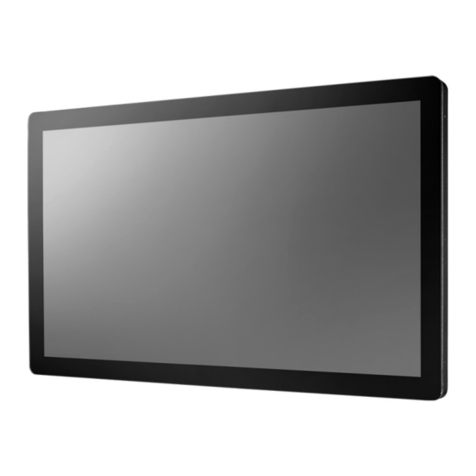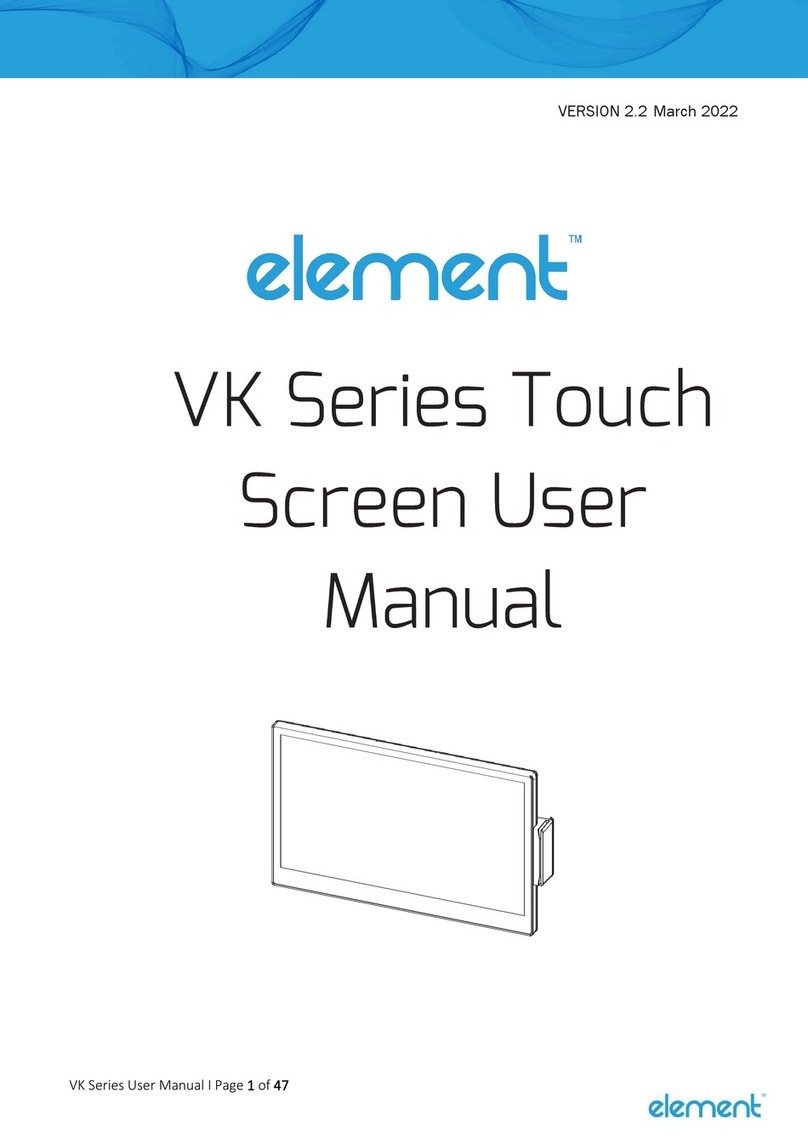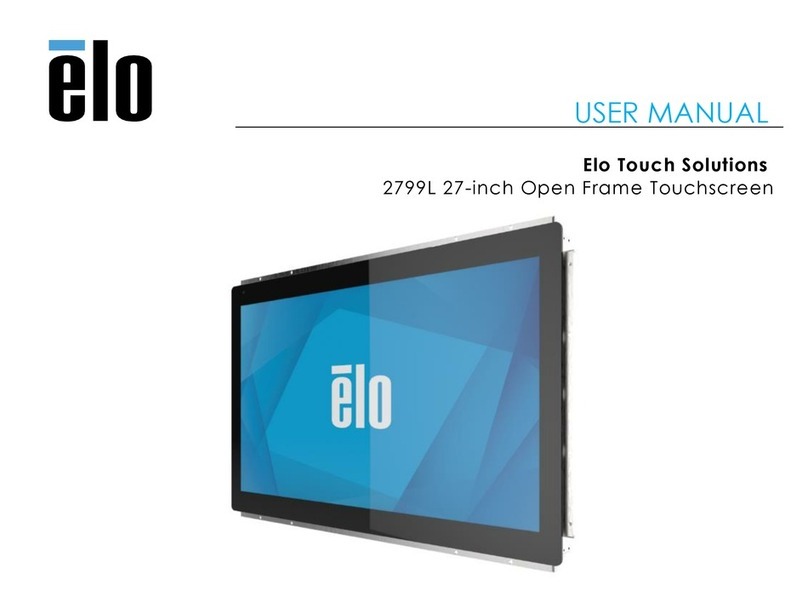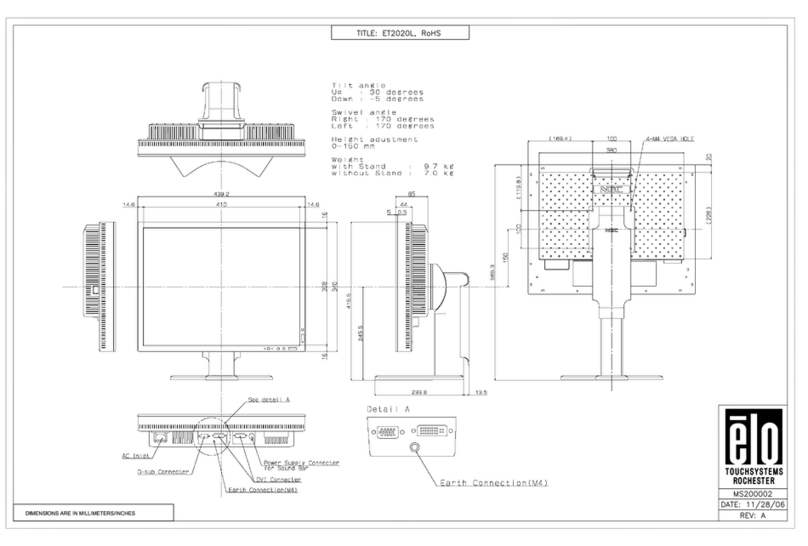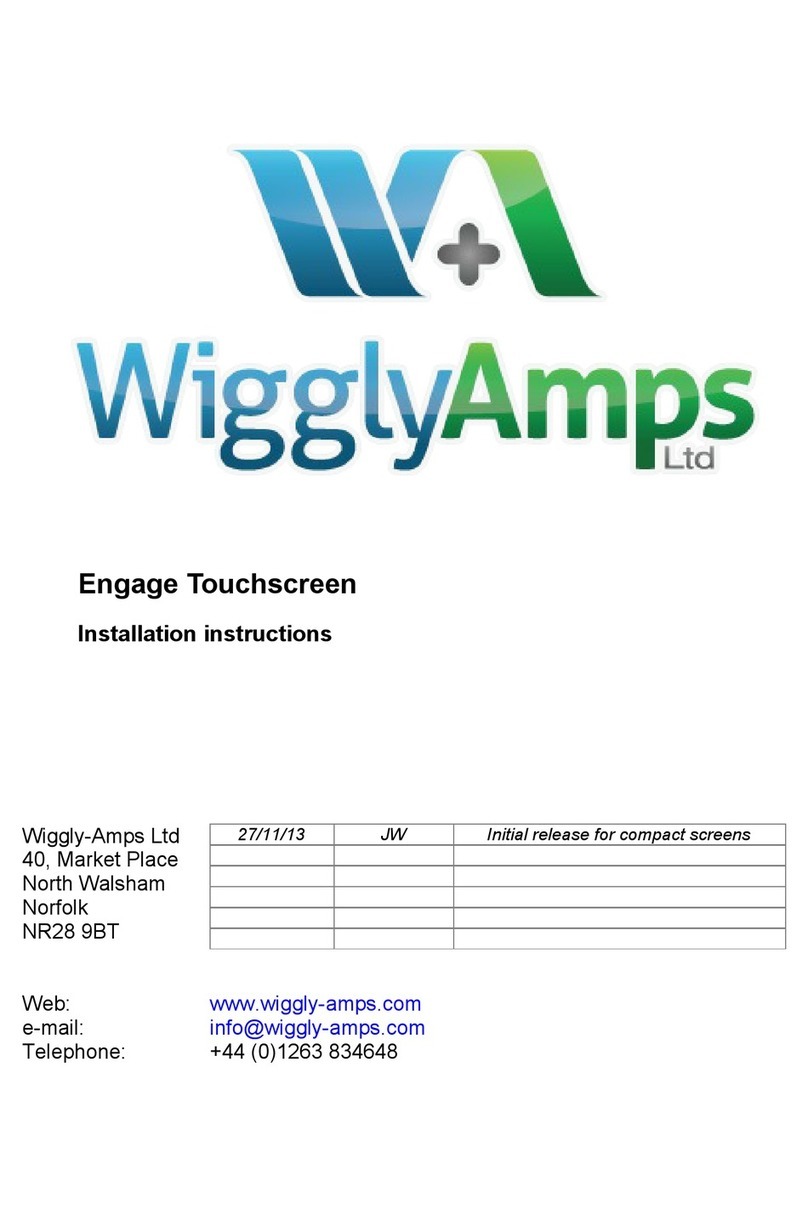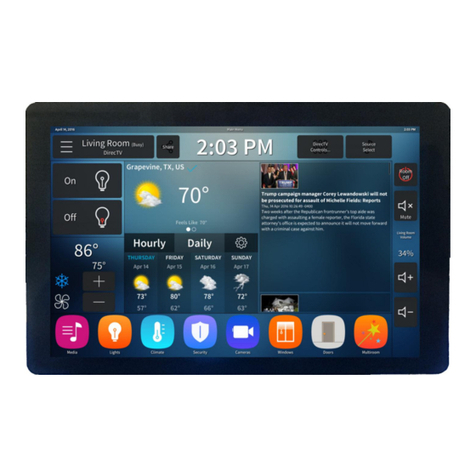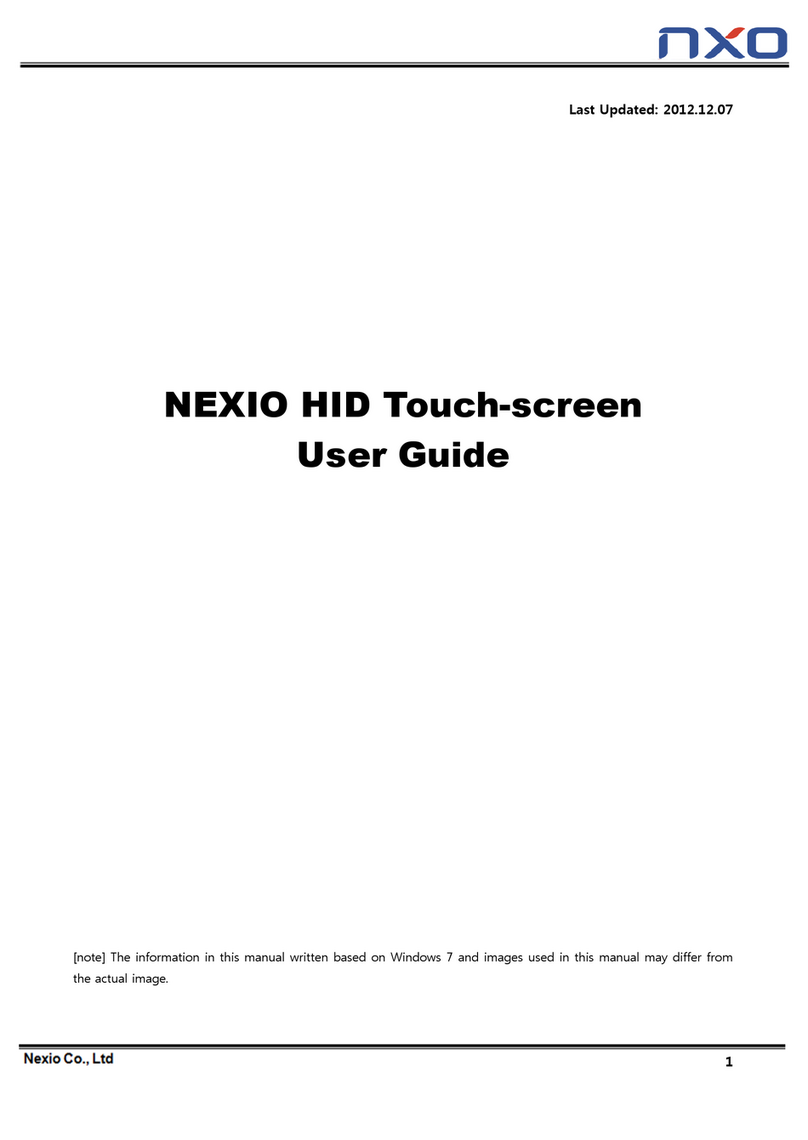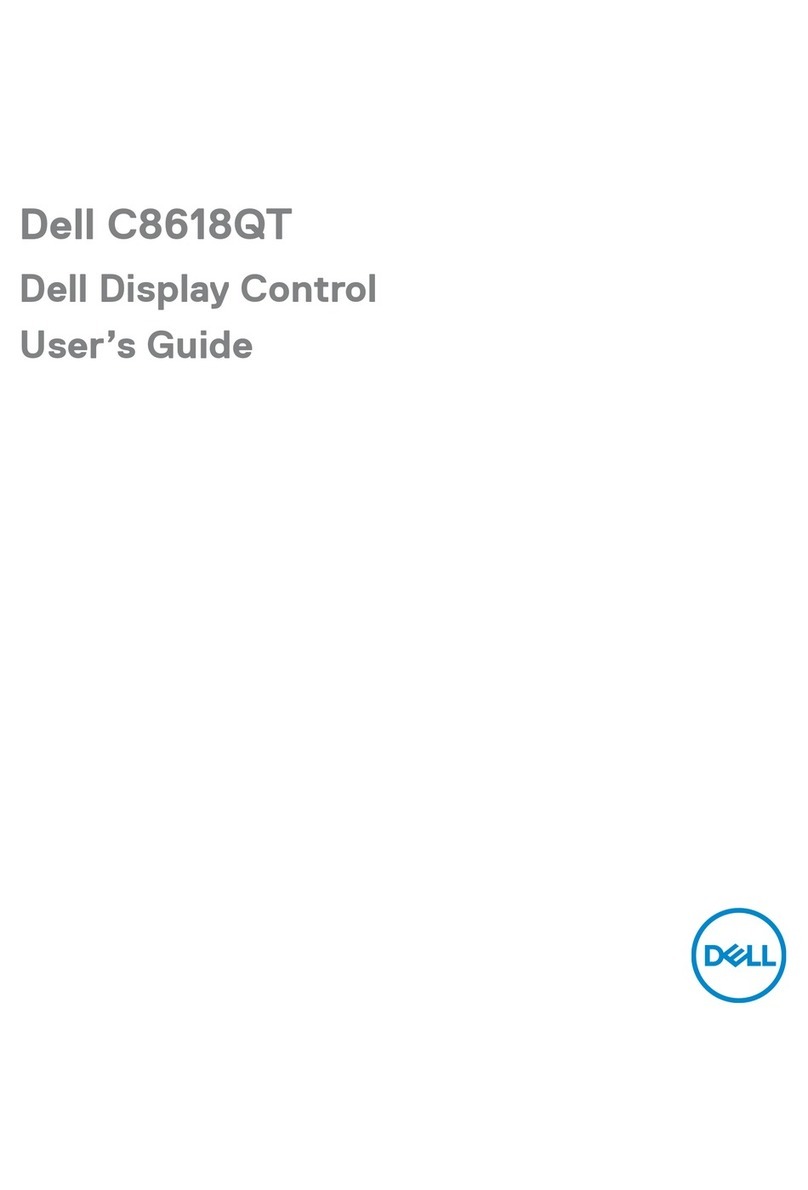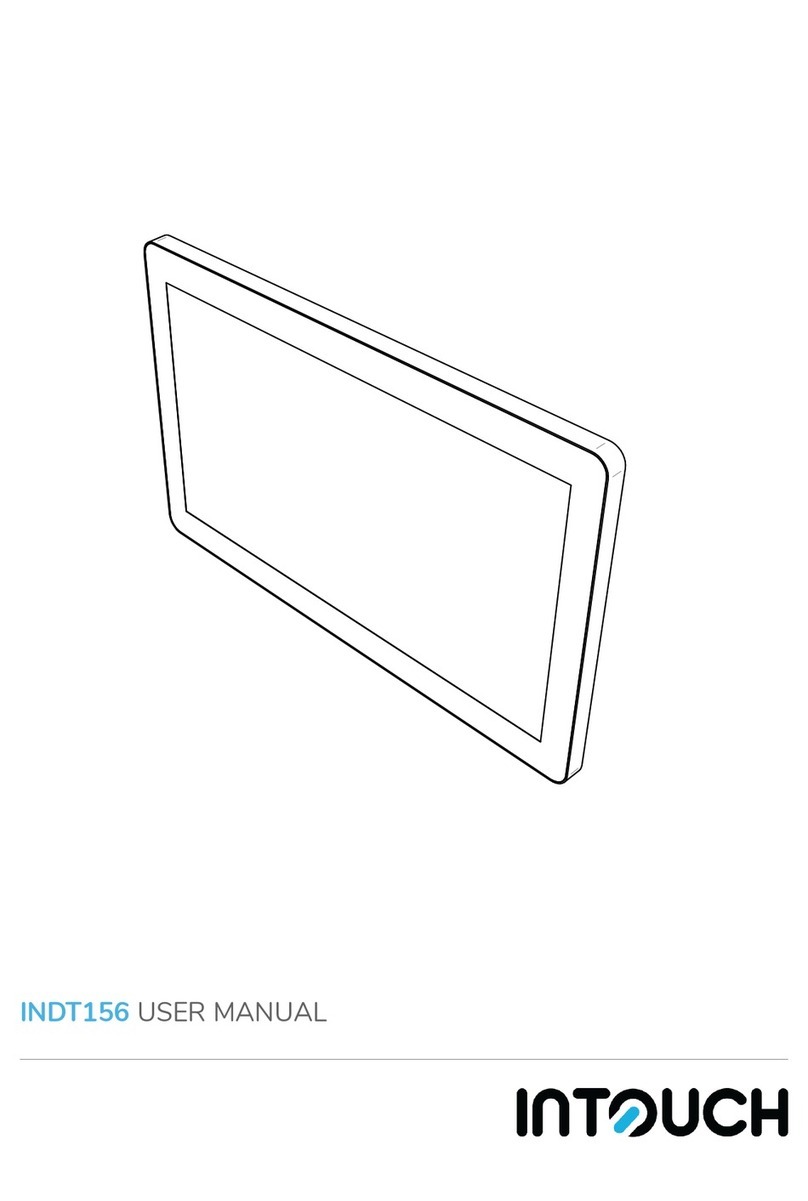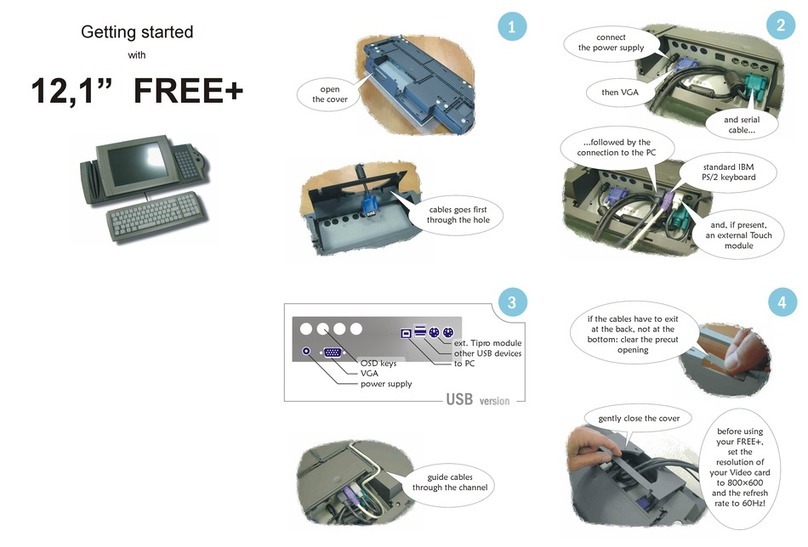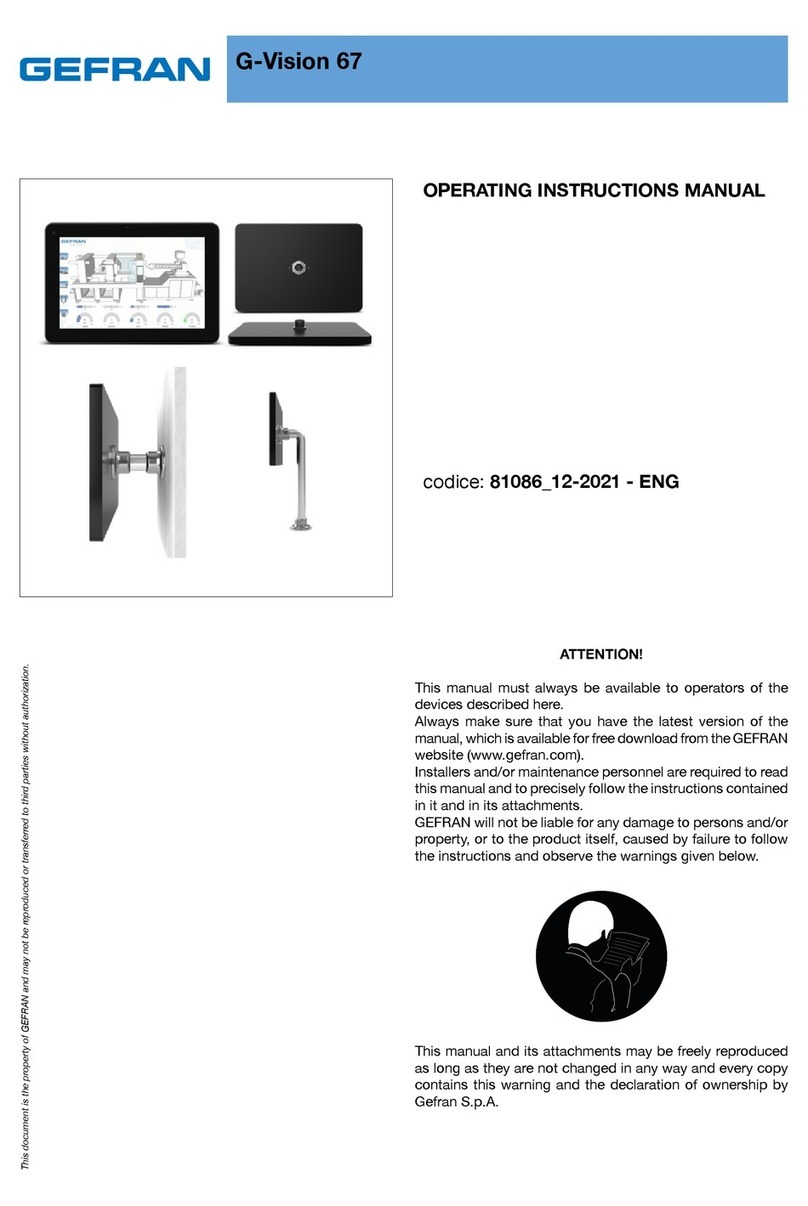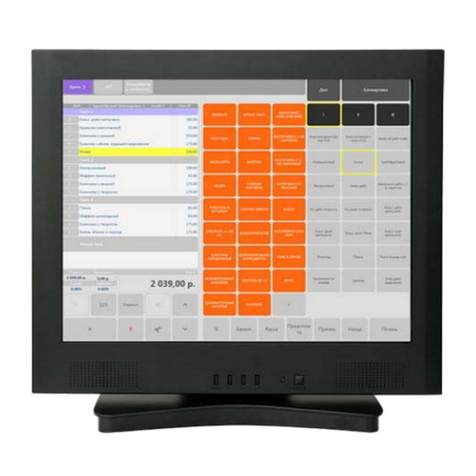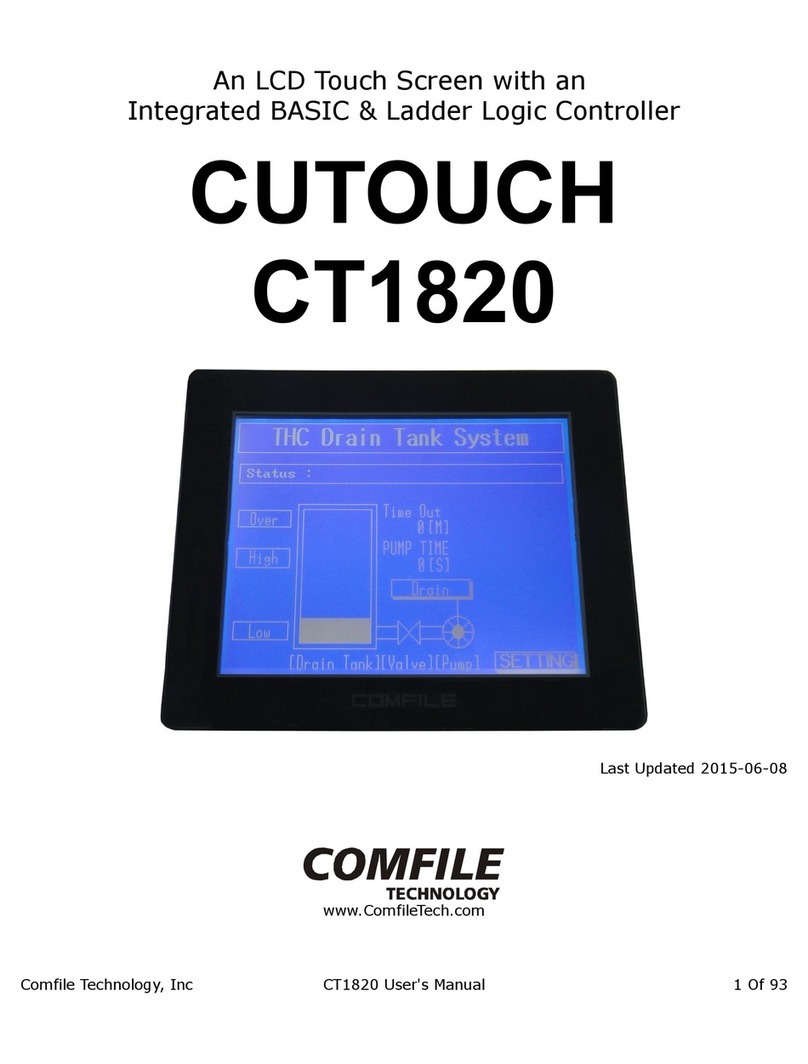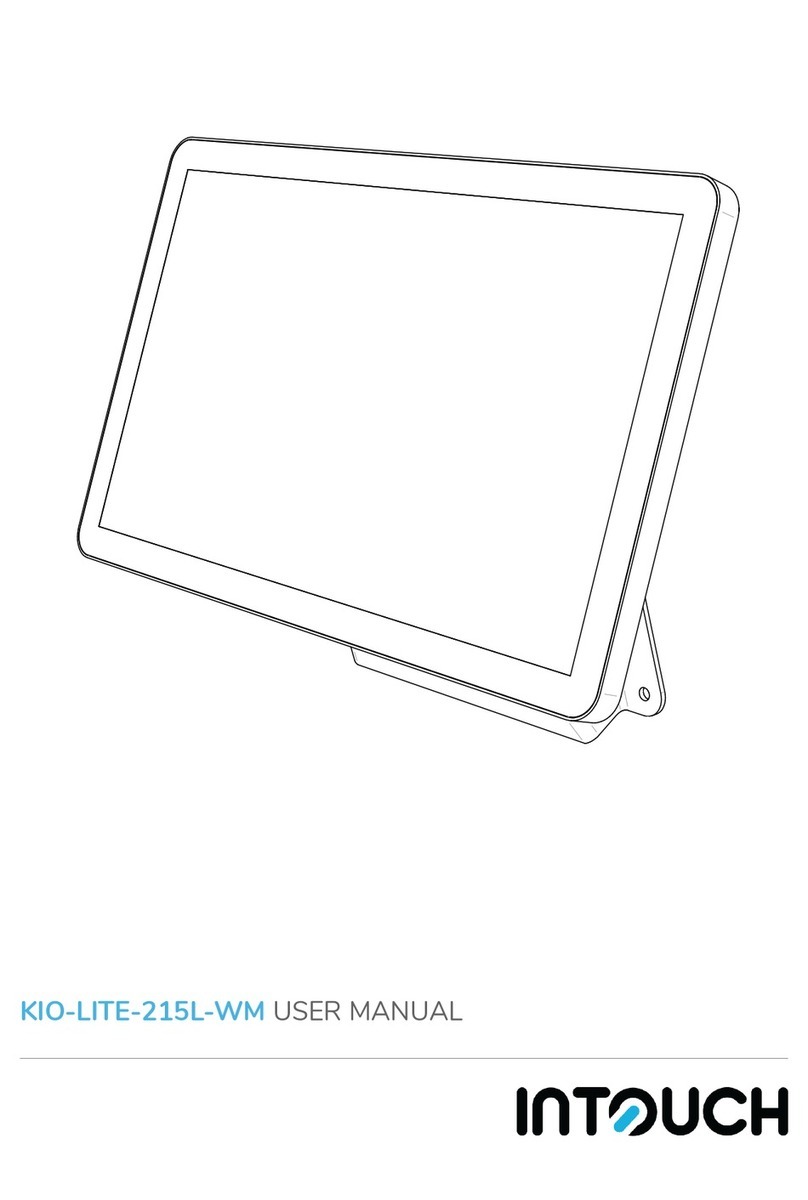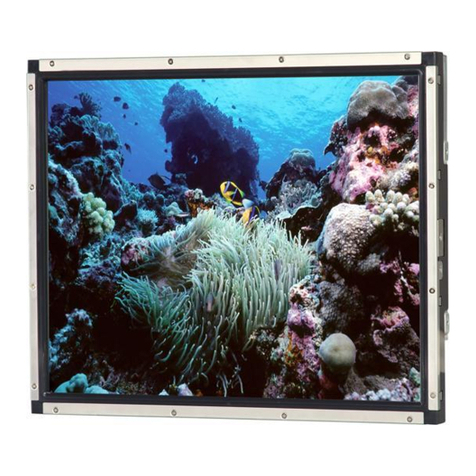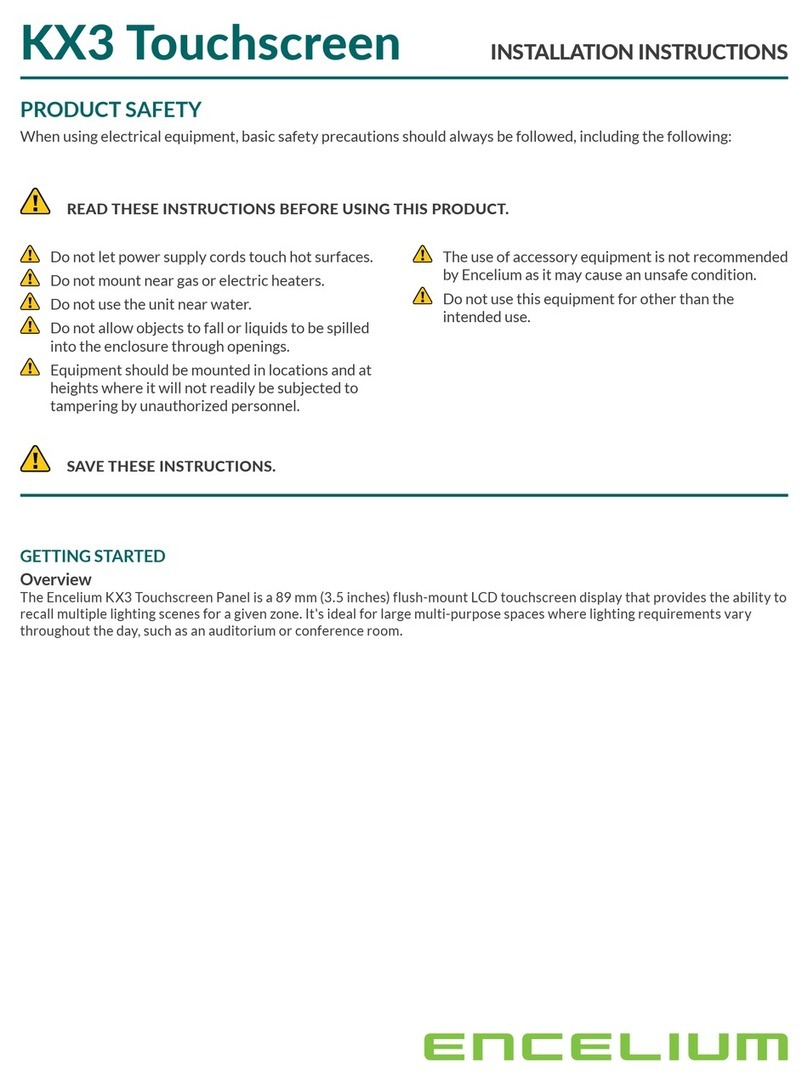MCT-CM
4
4.1.3 Setting the Number of System Events...........................................................................................50
4.1.4 Setting the Number of Loop/Monitor Alarms..................................................................................50
4.1.4.1 Protected Loop/Monitor Alarms Example ...............................................................................................50
4.1.5 Setting the Number of Digital Inputs ..............................................................................................51
4.1.5.1 Protected Digital Input Example .............................................................................................................51
4.1.6 Setting the Number of Digital Outputs ...........................................................................................51
4.1.6.1 Protected Digital Output Example...........................................................................................................52
4.1.7 Setting the Number of Analog Inputs.............................................................................................52
4.1.7.1 Protected Analog Input Example ............................................................................................................52
4.1.8 Setting the Number of Analog Outputs..........................................................................................53
4.1.8.1 Protected Analog Output Example .........................................................................................................53
4.1.9 Auto-Online Enable/Disable...........................................................................................................53
4.2 Loop Setup..........................................................................................................................54
4.2.1 Loop Settings .................................................................................................................................55
4.2.2 Loop Options..................................................................................................................................56
4.2.2.1 Loop Permissives ...................................................................................................................................56
4.2.2.2 Cascade Control Mode Settings.............................................................................................................57
4.3 Monitor Setup......................................................................................................................59
4.3.1 Monitor Point Settings....................................................................................................................60
4.3.1.1 Important Settings for Using Loop Input 2 as Monitor Points..................................................................61
4.3.2 Monitor Card Configuration............................................................................................................62
4.4 Event Setup ........................................................................................................................63
4.5 Defrost Setup......................................................................................................................64
4.5.1 Setting the Defrost Enable Outputs ...............................................................................................66
4.5.2 Setting Defrost/PreCool Output Defeats........................................................................................66
4.6 Redundancy Setup..............................................................................................................67
4.6.1 Setting the System 1/2 Alarm Inputs..............................................................................................68
4.6.2 Setting the Redundancy Enable Outputs.......................................................................................68
4.7 Functions ............................................................................................................................69
4.8 Startup View........................................................................................................................73
4.9 Digital IO/Event Tagnames..................................................................................................73
4.9.1 Digital Input Names........................................................................................................................74
4.9.2 Digital Output Names.....................................................................................................................74
4.9.3 System Event Names.....................................................................................................................74
4.10 Custom Name\Address.......................................................................................................75
5Basic Operation......................................................................................................... 76
5.1 OEM Configuration Options.................................................................................................76
5.1.1 OEM Control Loop Configuration Options .....................................................................................76
5.2 Touch Screen Interface.......................................................................................................77
5.3 Menu Navigation.................................................................................................................78
5.3.1 Home Menu....................................................................................................................................79
5.3.1.1 Text Based Home Menu.........................................................................................................................79
5.3.1.2 Icon/Slide Page Based Home Menu.......................................................................................................80
5.3.2 Device Settings Menu....................................................................................................................81
5.3.2.1 Text Based System Setup Menu ............................................................................................................81
5.3.2.2 Icon/Slide Page Based Device Settings Menu........................................................................................82
5.3.3 Offline Menu...................................................................................................................................83
5.3.3.1 Text Based Offline Setup Menu..............................................................................................................83
5.3.3.2 Icon/Slide Page Based Offline Menu......................................................................................................84
5.3.4 Data Menu......................................................................................................................................85
5.3.4.1 Text Based Data Logging Menu.............................................................................................................85
5.3.4.2 Icon/Slide Page Based Log Menu...........................................................................................................86
5.4 Notifications ........................................................................................................................87
5.5 Control Loops (Single Set point Operation).........................................................................88
5.5.1 Loop View ......................................................................................................................................88
5.5.1.1 Historical Minimum and Maximum..........................................................................................................89
